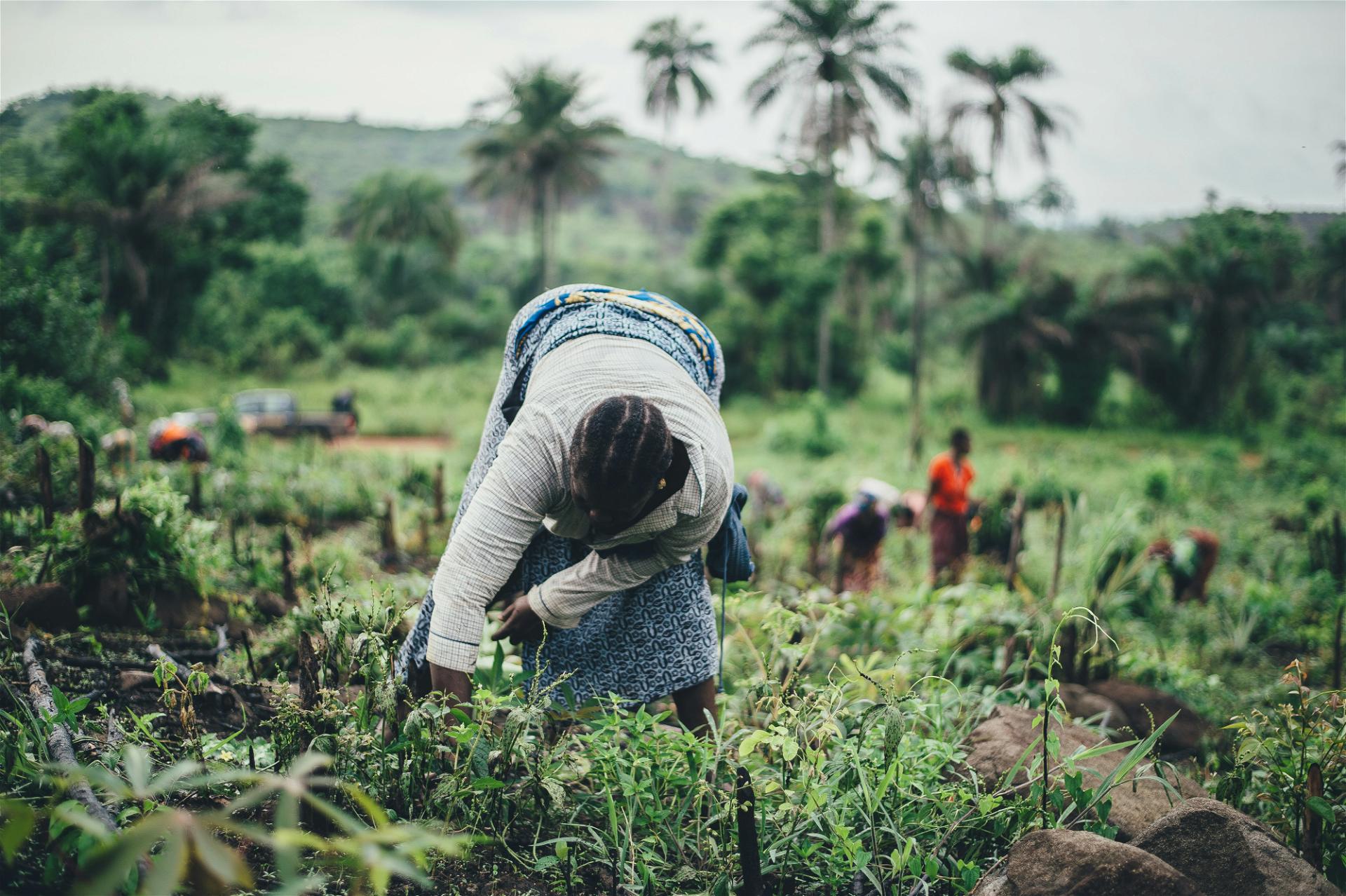· 7 min read
The negative impacts of the fashion industry are getting out of hand, especially excessive consumption and waste. It’s time consumers took responsibility for their own purchases. We should limit our annual new purchases to five items in mild climates and seven in four-season climates. This would encourage mindful consumption, prioritize quality over quantity, and promote alternatives like renting, buying second-hand, and repairing clothes. Companies will need to follow suit to stay in business.
The fashion industry is worse than you think
The ultrafast fashion giant Shein reportedly doubled its profits in the past year, having grown its revenue at a breathtaking rate from 0.6 billion USD in 2016 to 45 billion in 2023. Shein’s questionable business tactics are broadly discussed and well-documented by now. Its production pace is aggressive in an obscure supply chain, it steals intellectual property such as designs, and its business is fuelled by social media demonstrably destructive to its primary target group, young people. The direct-to-consumer model helps Shein dodge tariffs, taxes, and chemical safety regulations.
However, Shein is a symptom, not the disease.
Already before Shein, wealthy and middle-class people all over the global North were buying way, way too many clothes. Shein may be adding fuel to the fire, but the fire was most certainly already there to begin with.
Every year, 80-150 billion pieces of clothing are made globally, of which up to a third end up in a landfill unused. The US alone produces 11.3 million tonnes of textile waste annually, equivalent to 2150 pieces of clothing every second. According to the Stockholm Resilience Center, the fashion industry is helping drag us over six of nine planetary boundaries, most notably worsening climate change, biodiversity collapse, land degradation, and freshwater pollution.
Of course, brands should be made accountable for the environmental and social ills they’re causing both upstream and downstream in their value chains, and significant progress on this has been made, especially in the EU, during the past five years. On the other side of the Atlantic, New York and California’s legislators are starting to wake up to the issues caused by the fashion industry. However, the legislative route is, even at its swiftest, extremely slow; new policies take years, if not decades, to pass, and it (reasonably) takes another few years to get from passing legislation to implementation.
This is why it’s time for the third party in the equation, consumers, to pull themselves up by their bootstraps and take the lead in changing the fashion industry.
How much are we consuming per person – and what should we be consuming?
According to a recent report by the Hot or Cool Institute, Canadians, South Africans, and Mexicans consume over twice as many clothes as is sustainable; Americans, Brits, South Koreans, and Japanese three times their share, and Australians a whopping four times their share. In Finland, where I’m from, people buy well over 30 pieces of clothing yearly.
Of course, we genuinely need clothes, but, unlike food, no one has said how much is enough, nor has our fair share. The Hot or Cool Institute’s report Unfit, Unfair, Unfashionable, suggests that people living in climates with mild winters – only two or three seasons – should be able to dress comfortably by buying a maximum of five new pieces of clothing (including footwear) per year. According to my calculations for Finland, a reasonable wardrobe replenishment rate for a four-season country would be seven pieces per year.
Is this an utterly unreasonable party-pooper suggestion? Would it mean going back to the stone age? Must we give up all pretty and fun things for the sake of sustainability?
On the contrary, I believe this change would enhance the environmental and social sustainability of the fashion industry and our quality of life.
Most middle-class and wealthier homes are flooded with stuff the family members have grown out of physically or mentally. Getting rid of it is annoying and cumbersome, yet we keep buying new stuff to grow tired of equally quickly. Some move just to acquire additional space for the things they hoard, even though most of it never gets used. In Finland, on average, 66% of the wardrobe contents sit unused most of the time. With rapidly rising housing costs, we’re paying a small fortune to hold on to clothes we’ve barely worn twice.
This is absurd.
What happens if we limit our purchases?
By limiting our annual purchases to seven (four seasons) or five – as proposed by the clever #RuleofFive campaign – we start to pay attention to our relationship to shopping. With a set limit, priorities become much more straightforward: Do I buy a fifth pair of trendy yoga pants, or do I purchase winter boots? Do I buy a haul of fast fashion sale items because they were cheap, or do I make a list of what I need and look for the brands that align with my values and my quality expectations? This is a cool jacket – does something similar exist second-hand, or even better, already in my wardrobe?
Besides, by shifting to radically fewer items, you can suddenly afford much better ones, even things you previously believed to be beyond your budget. Let’s say you’re spending 500 euros on clothing annually and buying 20 items with that money, the average purchase costs only 25 euros (bearing in mind most global Northerners are way above this!). But, if you keep spending the same amount and only buy 5, the average cost could be 100 euros. That would be quite the upgrade and allow you to invest in some pricier new and more sustainable materials, too.
If we shifted to renting, buying secondhand, and repairing our favorite items, we could also boost our economies locally. The circular fashion economy is labor intensive—and that’s not a bad thing. Circular businesses help decouple growth from emissions while creating jobs, which also means more taxes paid. Furthermore, if more of us learned to make and repair clothes ourselves, we could also enhance our brain health. Making things with our hands is good for both our brains and our planet.
Of course, rentals and secondhand aren’t completely emissionless nor problem-free. But their environmental impacts are so much smaller than that of new clothing, and given that second-hand and rental only represent 1-2% of global fashion markets today, shifting a big chunk of current consumption levels to second-hand even without a reduction in overall volume would represent a massive decrease in environmental pressures caused by the industry.
Crucially, maintaining this lower level of clothing consumption is actually sustainable in the sense that it is a behavior pattern that can be sustained. Most people can, at a push, stop shopping for a year. But not buying any clothing, ever, is a lifestyle only some can, let alone choose to, embrace. Five, on the other hand, is actually doable, year after year.
The best part is that it doesn’t require anything other than a little willpower, creativity, and grace. Yes, it would be great if we all lobbied legislators to reign in fast fashion and fashion giants to curb their production and focus on secondhand. But most of us are busy and, let’s face it, not quite interested enough. It is the legislators’ job to protect us from the excesses of companies. While we’re waiting for that to happen, most of us can at least curb our own excesses, and put our money where our values are.
The planet has boundaries; our love for fashion should too.
This article is based on Sissi Penttilä and Aku Varamäki’s book Planetaarinen vaatekaappi (in English “Planetary Wardrobe”), published in Finnish by Gummerus (2024), as yet untranslated to other languages. illuminem Voices is a democratic space presenting the thoughts and opinions of leading Sustainability & Energy writers, their opinions do not necessarily represent those of illuminem.
References and sources
Hot or Cool Institute, 2022: Unfit, Unfair, Unfashionable: Resizing Fashion for a Fair Consumption Space https://hotorcool.org/wp-content/uploads/2022/12/Hot_or_Cool_1_5_fashion_report_.pdf
Stockholm Resilience Center: “Six targets for a sustainable textile industry” https://www.stockholmresilience.org/research/research-news/2021-04-12-six-targets-for-a-sustainable-textile-industry.html






